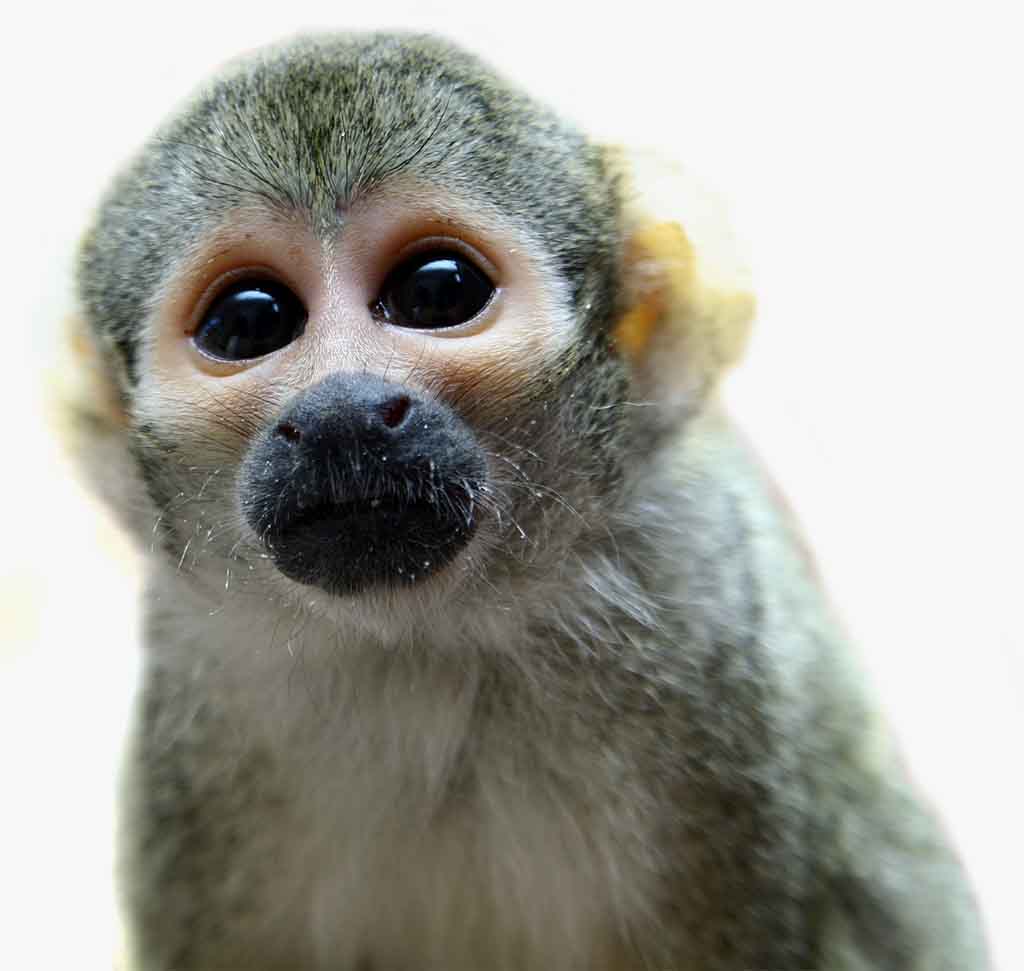The blue-and-yellow macaw (Ara ararauna), also known as the blue-and-gold macaw, is a large South American parrot with mostly blue top parts and light orange underparts, with gradient hues of green on top of its head. It is a member of the large group of neotropical parrots known as macaws. It inhabits forest (especially varzea, but also in open sections of terra firme or unflooded forest), woodland and savannah of tropical South America. They are popular in aviculture because of their striking color, ability to talk, ready availability in the marketplace, and close bonding to humans. They can also live for 65–70 years.
These birds can reach a length of 76–86 cm (30–34 in) and weigh 0.900–1.5 kg (2–3 lb), making them some of the larger members of their family. They are vivid in appearance with bright aqua blue feathers on the top of their body except for the head, which is lime colored. The bottom, however, is a rich deep yellow/light orange. Their beak is black, as well as the feathers under their chin. Its feet are of a gray color, save for black talons. The bird has white skin, with its face having nearly no feathers beside a few black ones spaced apart from each other forming a striped pattern around the eyes. The irises are pale light yellow.
Blue-and-yellow macaws can live from 30 to 35 years in the wild, and reach sexual maturity between the ages of 3 and 6 years.
Little variation in plumage is seen across the range. Some birds have a more orange or "butterscotch" underside color, particularly on the breast. This was often seen in Trinidad birds and others of the Caribbean area. The blue-and-yellow macaw uses its powerful beak for breaking nutshells, and for climbing up and hanging from trees.
Content from Wikipedia
It is native to Venezuela, Peru, Brazil and Bolivia in South America and Panama in Middle America and is found in rainforests, swamp forests and marshlands.
Their diet primarily consists of nuts, seeds, fruits, leaves and greens.
Up to 50 years.
Least Concern.
These amazing creatures are very striking in appearance, very intelligent and very vocal making them popular as pets.
